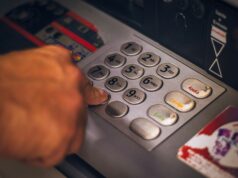Tradition banking has changed quite a lot in recent years, especially with all the advancements in technology. Before, people used to need to visit their banks in order to access their accounts and to use all the banking services they can. But, digital marketing changed all of that, and now, we can reap more benefits.
If you are interested in learning more about offshore and mobile banking, you might consider this article quite helpful. The text below will feature all you should know about both banking solutions from what they are to what you can use them for. Let’s take a closer look:
Mobile Banking Explained
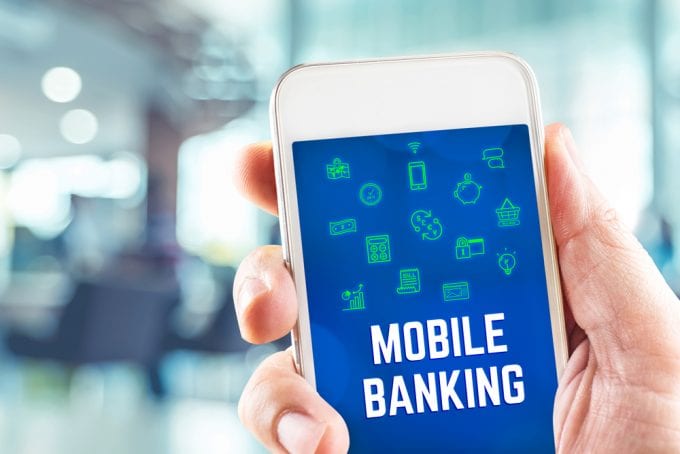
Today, flexibility and mobility are literally everything when it comes to technology. And, this has occurred because of the popularity and increased use of smartphones. Mobile phones working on either iOS or Android platforms are now common, and almost anyone has one.
Nowadays, banks also offer solutions to their users, meaning that they can access their banking account from their phones. And with all the developments happening to these applications, they ensure that the apps created for banks are more accessible and convenient. This is what made banking accessible 365 days during the entire 24 hours of a day. Hence, this is the biggest benefit that people can gain from this banking solution.
Offshore Banking Explained
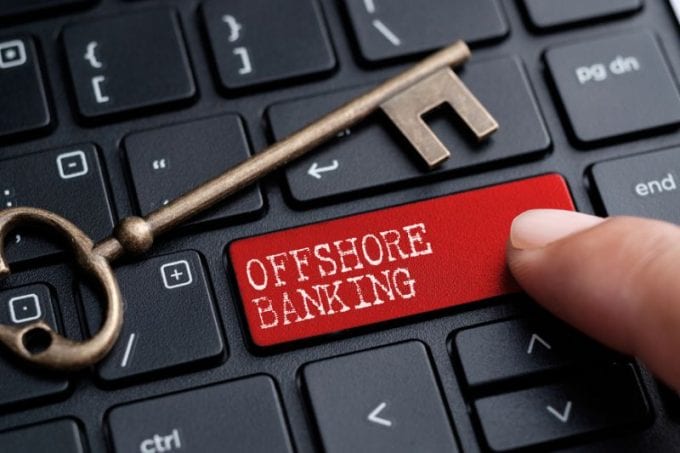
To put it simply (and to avoid confusing a lot of people), offshore banking is basically a deposit of funds either by an individual or company to a bank account that is not located in their country of residence. Those banks frequently operate under strict regulations implemented by the International Banking License and those laws restrict any activity that takes place in the bank’s name.
So, this means that the accounts are opened for foreign people by offshore banks. There is a wide range of benefits connected to this account type including high privacy, no taxes, easy access, as well as the protection of assets. According to the expert Eyal Nachum and reported by brucbond.com, although there are no major differences between usual and offshore accounts, some of the differences are the banking location, as well as the services offered.
The Features Offered By Mobile Banking
Mobile banking applications literally bring the bank to the client’s home, where he or she can perform various actions by their mobile phones. Most applications offer a wide range of useful features including:
- Banking From Any Place, At Any Time – the client can access their accounts and perform transactions any time they want, meaning that the clients will not have to go to their banks in order to access their accounts.
- Clients Can Do Various Things – there are things that clients can do by using these apps including managing their accounts, applying for loans, order a banking draft, place requests for cheques, as well as pay bills.
- People Can Get Notifications And Alerts – when the app is set up, people can choose to get notifications for deposited funds, withdrawn funds, alerts if there is a low balance, as well as if any bills need to be paid.
The Features Offered By Offshore Banking
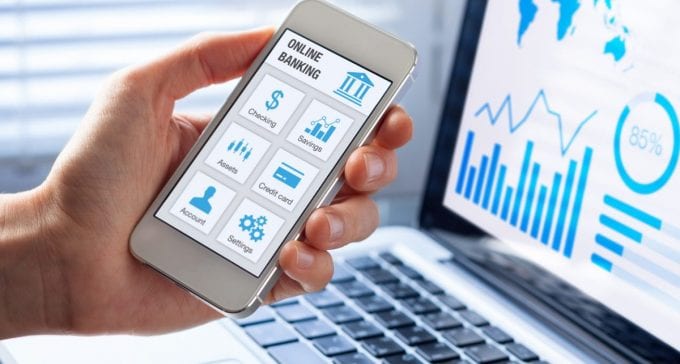
There are various reasons why people choose to open an offshore account, however, no matter what those reasons are, there are some benefits to having this account type, including:
- If Can Protect Assets – if you have a business that is working well and if you are planning on improving it, even more, you might be vulnerable to competitor attacks, hence, an offshore account can protect your assets.
- If Offers Higher Interest Rate – when you make a deposit, the bank will pay higher interest rates compared to traditional banks. So, the more money you deposit, the more money you can earn.
- You Can Hold Several Currencies – another thing that people love about offshore banking is that you can deposit and hold several currencies at once, which means that you won’t lose cash on exchanging currencies before depositing your funds.
How to Set-Up a Mobile Banking Application?
Setting up an app for banking might vary from one bank to the next, however, the process is usually quite similar, if not the same. First, you will, of course, need to download the app. Once it is installed, open it, select that you have an account with the bank, read and accept the terms and conditions, and then enter the customer number. This number is received in the bank.
Next, you will have to provide some information, just like you would for setting up any app, however, with a mobile banking app, you will also need to verify your phone number. Enter the code you have received, set up a password, and that is it. It is as simple as signing up for Facebook.
How to Set-up an Offshore Account?
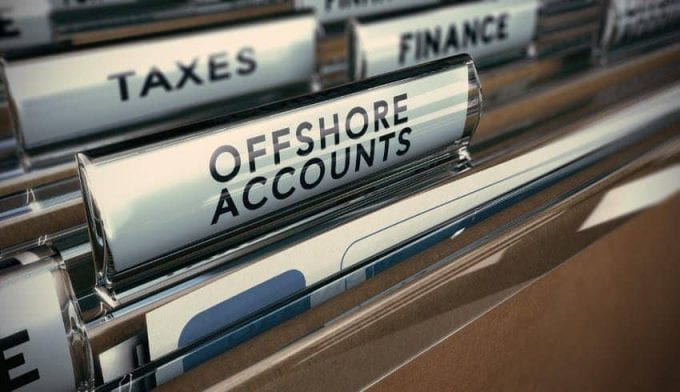
When opening an offshore account, the process is basically the same as if you were opening one in your country. The clerks will require personal info, as well as documents that they can use for identification. However, you might need to provide information such as where do your funds come from. This is requested so that the bank can confirm that the account is not used for any illegal activities.
As previously mentioned, you won’t have to worry about the currency you are depositing, since the banks usually offer accounts that can hold several of them at once. People can withdraw their funds by checks or ATM machines, but, you might want to compare the fee charges of different offshore banks before opening an account with a bank. So, besides providing where your funds come from, the process is quite easy and similar to opening a usual account.
Conclusion
As you can see, these two banking solutions – offshore and mobile banking – are incredibly beneficial and useful. They both bring different things to people, however, the most beneficial thing is that they can be used for protecting assets.
So, now that you know everything there is about these two options, do not waste any more time, and start researching the options you have available!



